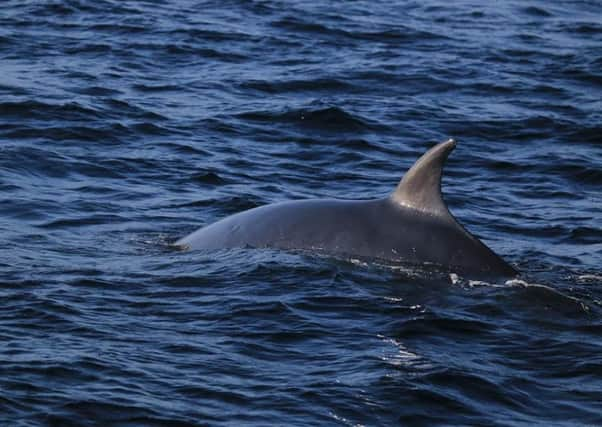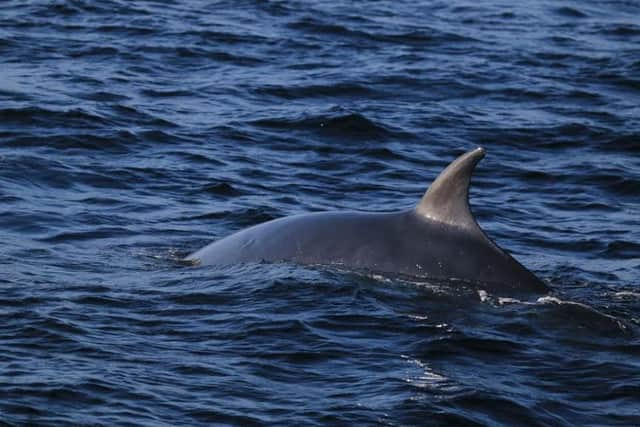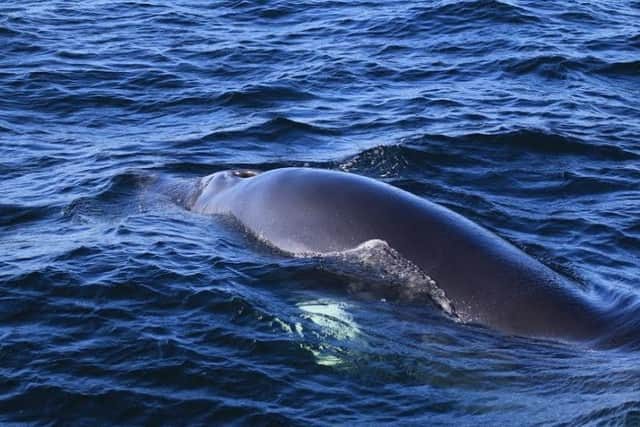'˜East Yorkshire can thrive on nature tourism benefits'


Last year, 19 million people visited a nature reserve or wildlife attraction and another 29m watched wildlife or went birdwatching.
The figures from VisitBritain and VisitEngland show that the allure of the natural world can now rival more traditional recreational pursuits - 26m Britons visited a theatre in 2015, while castles and heritage sites attracted a combined 24m visitors.
Advertisement
Hide AdAdvertisement
Hide AdThe Yorkshire Wildlife Trust promotes wildlife-watching locations and activities across the East Yorkshire countryside and along the region’s coast through its Yorkshire Nature Triangle initiative and Tom Marshall, the Triangle’s development manager, believes the area boasts some of the UK’s best-kept wildlife secrets - not least the opportunity to go whale watching.


August prompts the start of the whale watching season, which runs until October, and perhaps the most spectacular recorded sighting so far came last week offshore at Whitby where a ‘super pod’ of around 100 white-beaked dolphins graced the waters.
Mr Marshall said: “I think for many years most people felt nature tourism was something to do on holiday or overseas - think the Big Five in Africa, or snorkelling on the Great Barrier Reef - however we were probably missing the breathtaking spectacles on our own doorstep like whale watching or getting up close and personal with a quarter of a million seabirds on Yorkshire’s headland coast.”
East Yorkshire in particular has major potential to reap the economic benefits of nature tourism, Mr Marshall said, adding that what has been achieved in Scotland should act as inspiration.
Advertisement
Hide AdAdvertisement
Hide Ad“The last decade has perhaps seen a shift change within mainstream tourism with some areas like Scotland wholly embracing wildlife alongside the staples of whiskey and bagpipes, to the tune of more than £100m in revenue from wildlife activity, as part of an overall outdoor tourism economy in excess of £1bn,” Mr Marshall said.


“Our own independent research has shown that in East Yorkshire alone, the potential is there for a £30m nature tourism economy, and our 2015 figures show we’re well on target at around £15.6m a year right now.”
He said that whale watching is still something that many people do not believe they can enjoy in Yorkshire, but there have been many sightings of large marine creatures recently, not least during the Seawatch Foundation’s 15th National Whale and Dolphin Watch during the last week of July.
Dozens of harbour porpoises and white-beaked dolphins were spotted off the Yorkshire coast, as well as bottlenose dolphins.
Advertisement
Hide AdAdvertisement
Hide AdSightings were recorded near Whitby, Bempton Cliffs, Staithes, Robin Hood’s Bay, Runswick Bay and Hayburn Wyke, and two harbour porpoises were even seen on the River Humber at North Ferriby.


Tour operators have reported encountering minke whales and the 30ft, five-tonne mammals have been seen from land at Long Nab, south of Robin Hood’s Bay.
Much larger species such as fin and humpback whales have also been known to frequent the region’s coastal waters.